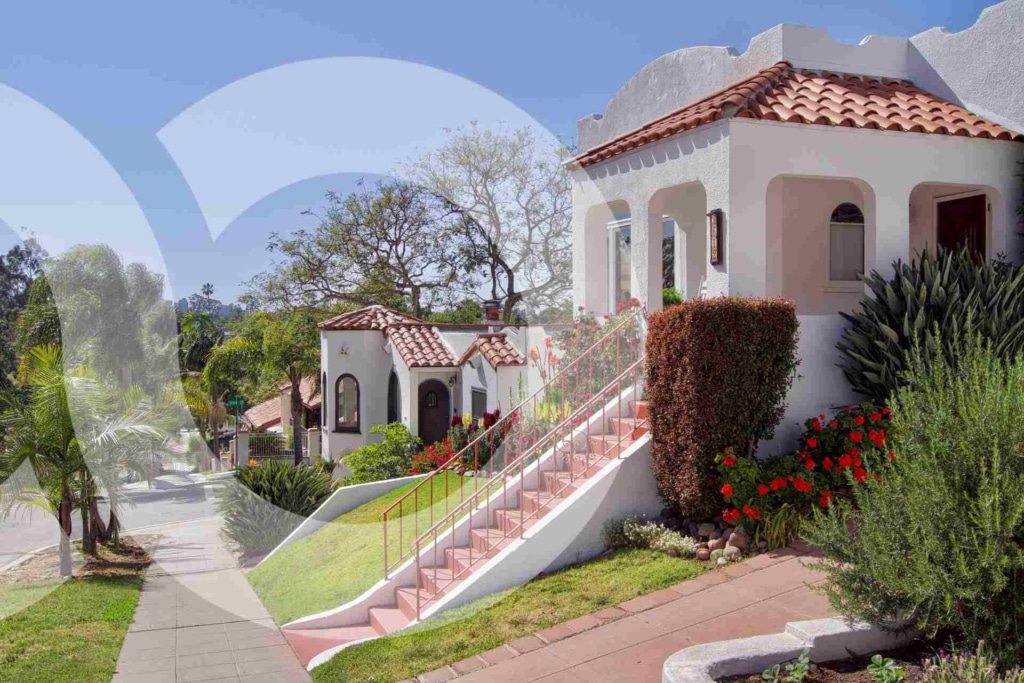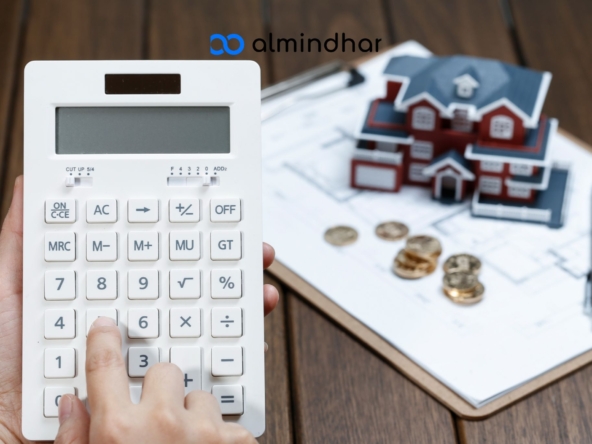Green real estate, also referred to as sustainable or eco-friendly real estate, is currently revolutionizing the global real estate sector. This transformation is occurring in the context of growing concerns related to climate change, environmental sustainability, and the pursuit of lifestyles that are more in harmony with our planet.
- The Evolution of the Green Real Estate Market
- 1-Government Incentives
- 2-Climate Change Awareness
- 3-Consumer Demand
- II-Challenges of Green Real Estate
- 1-High Initial Costs
- 2-Limited Availability of Green Materials and Technologies
- 3-Rehabilitation Challenge: Turning the Old into Green
- III-Conclusion
I-The Evolution of the Green Real Estate Market
Over the past few decades, the green real estate market has witnessed remarkable growth, driven by a series of influential factors. This expansion is the outcome of a convergence of societal trends and concerns that have profoundly impacted the real estate sector. Among the key factors that have fueled this growth, we can notably mention.
1-Government Incentives
One of the major drivers behind the rise of green real estate is the implementation of substantial government incentives, accompanied by regulations aimed at encouraging the construction and renovation of environmentally friendly buildings. These measures have played a crucial role in the growth of the green real estate market by offering significant financial benefits to investors and property owners. Here are some key statistics illustrating the impact of these incentives:
According to a recent study conducted by the U.S. Department of Energy, owners of energy-efficient homes enjoy an average 10% reduction in their energy bills, thanks to tax incentives and tax credits for the installation of energy-efficient devices.
In Germany, the KfW (Kreditanstalt für Wiederaufbau) program offers low-interest loans for the construction and renovation of energy-efficient buildings. Over the last decade, this program has financed more than 1.8 million green renovation projects.
These statistics clearly demonstrate that government incentives have had a significant impact on the green real estate market by encouraging investments in environmentally friendly properties. The financial benefits offered to homeowners and investors have made sustainable real estate projects more attractive, thus driving the continued growth of this sector.
2-Climate Change Awareness
The growing awareness of the challenges posed by climate change has fueled the demand for environmentally-friendly real estate. Individuals and businesses are increasingly seeking sustainable solutions in all aspects of their lives, including their housing, thus promoting the rise of the green real estate market. This increased demand translates into a quest for stricter eco-energy standards, reduced energy costs, and a heightened interest in corporate social responsibility, making green real estate a thriving sector that continues to address concerns related to climate change.
3-Consumer Demand
The growing consumer demand for environmentally-friendly housing is a major trend that continues to shape the green real estate market. Increasingly aware of environmental issues, buyers and renters have become key players in this transformation. Statistics clearly reflect this shift:
According to a 2022 study conducted by the National Association of Realtors in the United States, 81% of buyers consider energy efficiency an important factor in their purchasing decision. Furthermore, 36% of buyers stated they were willing to pay more for a home with eco-friendly features.
Consumer interest in eco-friendly amenities continues to grow. Global Market Insights statistics project that the market for smart building management systems, contributing to energy efficiency and waste reduction, will reach a value of $155 billion by 2028.
These data points tangibly illustrate how consumers are increasingly inclined to incorporate strict environmental criteria into their real estate buying decisions. Energy efficiency, environmental certifications, and eco-friendly technologies have become key elements in the search for housing, further boosting the growth of the green real estate market and strengthening its central role in the transition to more sustainable lifestyles.

II-Challenges of Green Real Estate
Despite its growing success, green real estate must contend with certain major challenges that can impede its development.
1-High Initial Costs
High initial costs are indeed one of the primary challenges of green real estate. Constructing or renovating environmentally friendly buildings can entail substantial expenses, which may deter some investors and property owners. However, it is crucial to emphasize that these initial costs, though higher, often come with a range of long-term benefits and savings.
2-Limited Availability of Green Materials and Technologies
In certain regions, restricted access to green building materials and technologies poses a significant obstacle to green real estate projects. This geographical constraint leads to substantial challenges, as it can result in significant additional costs associated with importing these resources and extended implementation timelines. Furthermore, it exposes these projects to the risk of negative environmental impacts due to carbon emissions from long-distance transportation. More fundamentally, the scarcity of green materials and technologies can serve as a barrier to widespread adoption of green real estate, limiting the sector’s growth. To address this challenge, it is imperative to encourage research and development of locally tailored solutions while facilitating access to green resources and promoting local production of environmentally-friendly materials. This will help make green real estate more accessible, economically viable, and applicable in a broader range of regions worldwide.
3-Rehabilitation Challenge: Turning the Old into Green
The rehabilitation of existing buildings to make them green represents a significant challenge in the transition toward more environmentally-friendly real estate. This transformation, while commendable, can be more complex and costly than constructing new eco-friendly structures due to structural constraints, previous building standards, and the need for sometimes invasive modifications. These challenges can hinder the short-term profitability of such projects, although the long-term environmental benefits are undeniable. To overcome these obstacles, it is crucial to develop more efficient rehabilitation techniques, offer attractive tax incentives to encourage the transformation of old buildings into green spaces, and further raise awareness among property owners and investors about the sustainable advantages of ecological rehabilitation. By doing so, green real estate can maximize its positive impact by renovating and revitalizing existing buildings while preserving the environment

III-Conclusion
The green real estate market is experiencing significant growth and offers numerous opportunities for investors, property owners, and businesses. Statistics show increasing demand for sustainable real estate, higher selling prices, and a positive contribution to reducing greenhouse gas emissions. However, challenges remain, including high initial costs and regulatory variability.
As environmental awareness continues to grow and government incentives strengthen, it is expected that the green real estate market will continue to thrive in the years ahead, contributing to a more sustainable future for our planet.




